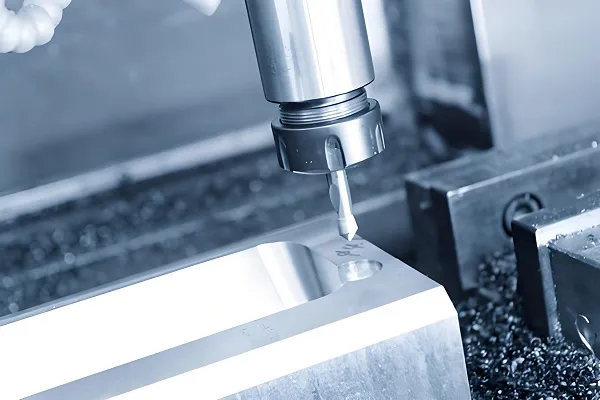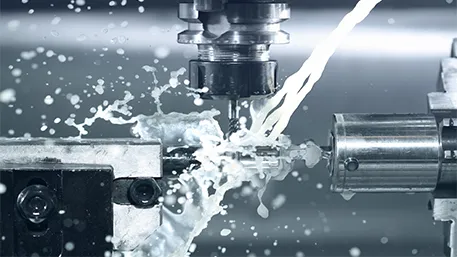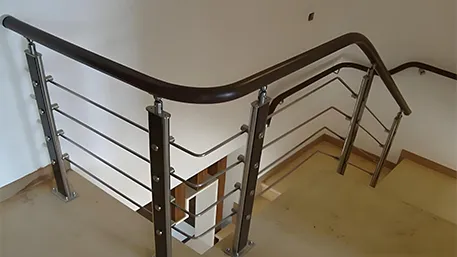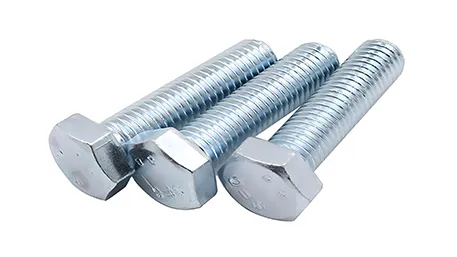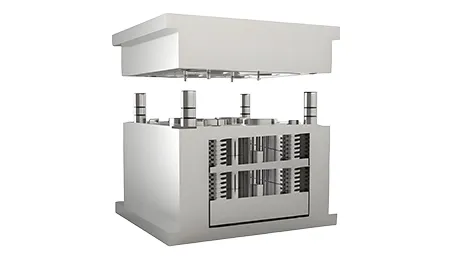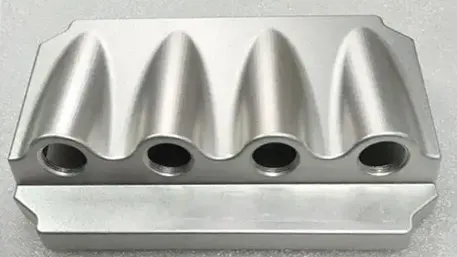CNC turning, all known as Computer Numerical Control (CNC) turning, is a type of machining that utilizes a computer control system for precise control of the lathe. In this kind of machining process, the workpiece is fixed on the lathe to rotate, while the cutting tool carries out linear or curved motion on the workpiece according to the preset program, so as to realize the accurate cutting and molding of the workpiece.CNC turning processing occupies an important position in the machinery industry with its high precision, high efficiency and high degree of automation.
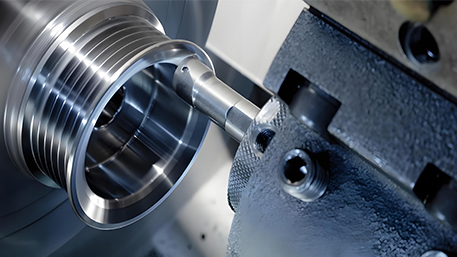
1. Process technology characteristics:
High precision: CNC turning machining is able to realize micron-level machining accuracy through computer control to meet the production requirements of precision parts.
High efficiency: high degree of automation reduces manual intervention and improves production efficiency.
Multi-axis capability: Advanced CNC lathe has multi-axis machining capability, capable of processing multiple surfaces at the same time and realizing one-time molding of complex shapes.
Strong flexibility: by modifying the program, the machining parameters and path can be adjusted quickly to adapt to the production needs of different products.
2. Introduction of CNC turning process related parameters
Cutting speed (Vc)
Cutting speed refers to the speed at which the cutting edge of the tool moves relative to the surface of the workpiece, usually measured in meters per minute (m/min). The selection of cutting speed depends on a variety of factors such as workpiece material, tool material, tool geometry and machining conditions.
The formula for calculating cutting speed is:
V_c = frac{pi times D times n}{1000} ]
Where (D) is the diameter of the workpiece or tool (mm) and (n) is the spindle speed (r/min). In practice, the selection of cutting speed needs to be based on the recommendations provided by the tool manufacturer and machining experience.
Feed (f)
Feed is the feed rate of the tool relative to the workpiece during the cutting process, usually measured in millimeters per revolution (mm/r) or millimeters per minute (mm/min). The selection of feed rate is equally influenced by a variety of factors such as workpiece material, tool material, cutting speed and machining quality requirements.
The formula for calculating the feed rate is: [ F = f times n ]
Where (F) is the feed per minute (mm/min), (f) is the feed per revolution (mm/r), and (n) is the spindle speed (r/min). In roughing, a larger feed is usually selected to improve machining efficiency, while in finishing, a smaller feed is selected to ensure machining quality.
Back-Entry (ap)
The amount of backstroke is the depth of cut into the workpiece each time the tool cuts, usually in millimeters (mm) as a unit. The selection of the amount of backdraft depends on factors such as workpiece material, tool strength, machine rigidity and machining requirements. In roughing, in order to quickly remove a large amount of material, usually choose a larger amount of backdraft; while in finishing, in order to ensure machining accuracy and surface quality, will choose a smaller amount of backdraft.
Spindle speed (n)
Spindle speed refers to the rotational speed of the lathe spindle, usually measured in revolutions per minute (r/min). The selection of spindle speed needs to be based on factors such as cutting speed, workpiece diameter and tool type. The formula for calculating spindle speed is given in the section on cutting speed. In practice, the spindle speed should be selected to ensure that the cutting speed is within a reasonable range, taking into account the capacity of the machine and tool.
OTHER PARAMETERS In addition to the main parameters mentioned above, CNC turning machining may also involve some of the following parameters:
- **Tool angle**: including front angle, back angle, main deflection angle and vice deflection angle, etc. The selection of these angles affects the cutting force, cutting temperature and tool life.
- **Coolant**: used to reduce cutting temperature, minimize tool wear and extend tool life. The selection of coolant should be based on the workpiece material and cutting conditions.
- **Cutting fluid flow and pressure**: to ensure that the cutting fluid can fully cover the cutting area and exert the best cooling and lubricating effect.
3.Introduction to CNC turning materials
CNC turning materials are varied and cover a wide range of fields including metal, plastic, wood, stone and composite materials. The following is a detailed introduction of these materials and their data specification properties:
a.Metal Materials
Aluminum
Characteristics: Aluminum is one of the most common metal materials used in CNC machining, featuring light weight, high strength, and good thermal conductivity.
Application: It is suitable for manufacturing parts in aerospace, automotive and other fields.
Data Specification: Common aluminum alloys such as 6061-T6, 7075-T6, etc. have different strength and hardness attributes, and the specific data needs to be determined according to the specific alloy grade.
Steel
Characteristics: High strength and good corrosion resistance, widely used in the manufacture of various mechanical parts and automotive components.
Data specification: The hardness, tensile strength, yield strength and other properties of steel vary according to specific steel grades, such as stainless steel, carbon steel and alloy steel.
Application: Select the appropriate steel grade for processing according to specific needs.
Copper
Characteristics: Good electrical and thermal conductivity, as well as better processing properties.
Applications: Commonly used in electrical, architectural and artistic fields.
Data specification: Properties such as density, electrical conductivity and thermal conductivity of copper are important references when selecting materials.
Iron
Characteristics: Relatively inexpensive and readily available, with good mechanical properties.
Applications: Widely used in construction, machinery, automotive and other industries.
Data specification: Properties such as strength and toughness of iron vary depending on the specific composition and heat treatment process.
b.Plastic Materials
Polypropylene (PP)
Characteristics: corrosion-resistant, abrasion-resistant, good insulation.
Applications: Commonly used in the manufacture of containers such as cups, tubs, buckets, and automotive parts.
Data specifications: low density, moderate melting point, the specific data need to be determined according to the specific grade.
Polyvinyl chloride (PVC)
Characteristics: Good weather resistance, excellent insulation properties.
Applications: Wire and cable, construction materials, and other fields.
Data specifications: Includes properties such as hardness and tensile strength.
Polytetrafluoroethylene (PTFE)
Characteristics: High temperature resistance, corrosion resistance, good self-lubrication.
Applications: Chemical industry, mechanical seals, and other fields.
Data specification: high temperature resistance is particularly outstanding, the specific data need to refer to the relevant standards.
Polyethylene (PE)
Characteristics: good flexibility, excellent low temperature resistance.
Applications: Pipes, films, packaging materials and other fields.
Data specification: Including density, tensile strength and other properties.
c.Wood
Characteristics: Strong texture, good workability, environmentally friendly.
Applications: Furniture manufacturing, building decoration, and other fields.
Common species: walnut, cherry, oak, pine and so on.
Data specifications: including hardness, density, texture and other attributes, the specific data need to be determined according to the specific type of wood.
Stone
Characteristics: high hardness, high temperature resistance, not easy to wear.
Applications: carving, indoor and outdoor decoration and other fields.
Common types: marble, granite, artificial stone, etc.
Data specification: including hardness, compressive strength and other attributes, the specific data need to be determined according to the specific type of stone.
d. Composite materials
Characteristics: lightweight, high strength, corrosion resistance.
Applications: aerospace, automotive, sports equipment and other fields.
Common types: carbon fiber composites, glass fiber composites and so on.
Data specifications: including density, strength, stiffness and other attributes, the specific data need to be determined according to the specific types of composite materials and manufacturing process.
CNC Turning Processing FAQ
Q: What types of parts are CNC turning suitable for?
A: CNC turning is suitable for manufacturing parts with complex geometries and high precision requirements, such as shaft parts, disk parts, threaded parts, and parts with various complex contours.
Q: How to improve the accuracy and efficiency of CNC turning?
A: Improving the accuracy and efficiency of CNC turning can be done in many ways, including choosing the right machine tools and cutting tools, optimizing cutting parameters, improving programming level, and strengthening quality control.
Q: What kind of materials can CNC turning machine process?
A: CNC turning can process a wide range of materials, including metal materials (e.g. aluminum, steel, copper, titanium alloy, etc.), plastic materials (e.g. polypropylene, PVC, etc.) and composite materials (e.g. carbon fiber composite materials, glass fiber composite materials, etc.).
Q: What is the cost of CNC turning?
A: The cost of CNC turning is affected by a variety of factors, including the complexity of the shape of the part, the cost of the material, the machining time, the depreciation of the machine tool, etc. Therefore, the specific cost depends on the machining requirements. Therefore, the specific cost needs to be evaluated according to the machining needs and actual situation.

